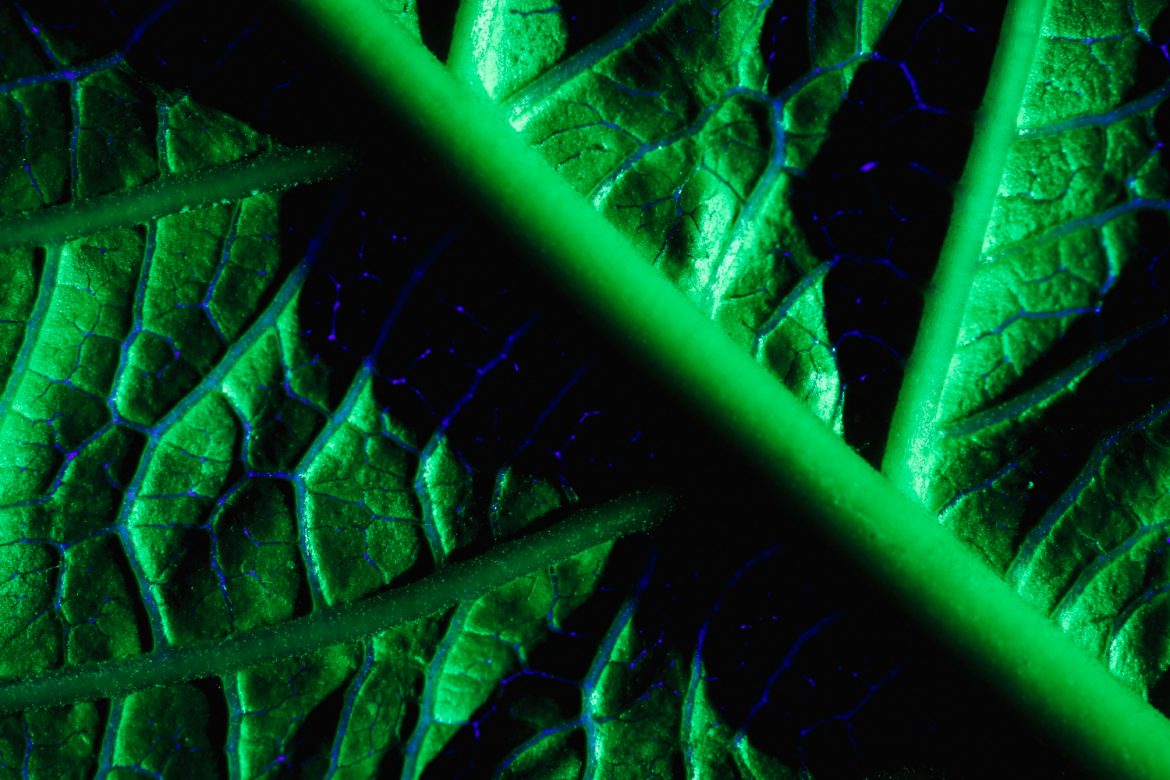The key to efficiency is separating the steps of electron generation and carbon fixation. A bismuth oxide photoelectrode absorbs light, creating charged carriers, while a molecular catalyst with nickel atoms carefully combines CO₂ with hydrogen. This is how synthetic “green” methanol is born, suitable for aviation and the chemical industry.
Advertising
The difficulty lies in the degradation of materials: ultraviolet light destroys the semiconductor, and the catalyst “gets clogged” with by-products. Engineers are developing protective oxide films and self-cleaning surfaces. If stable operation for more than 10,000 hours can be achieved, artificial photosynthesis could become a pillar of the world’s energy industry, competing with traditional oil and gas.

